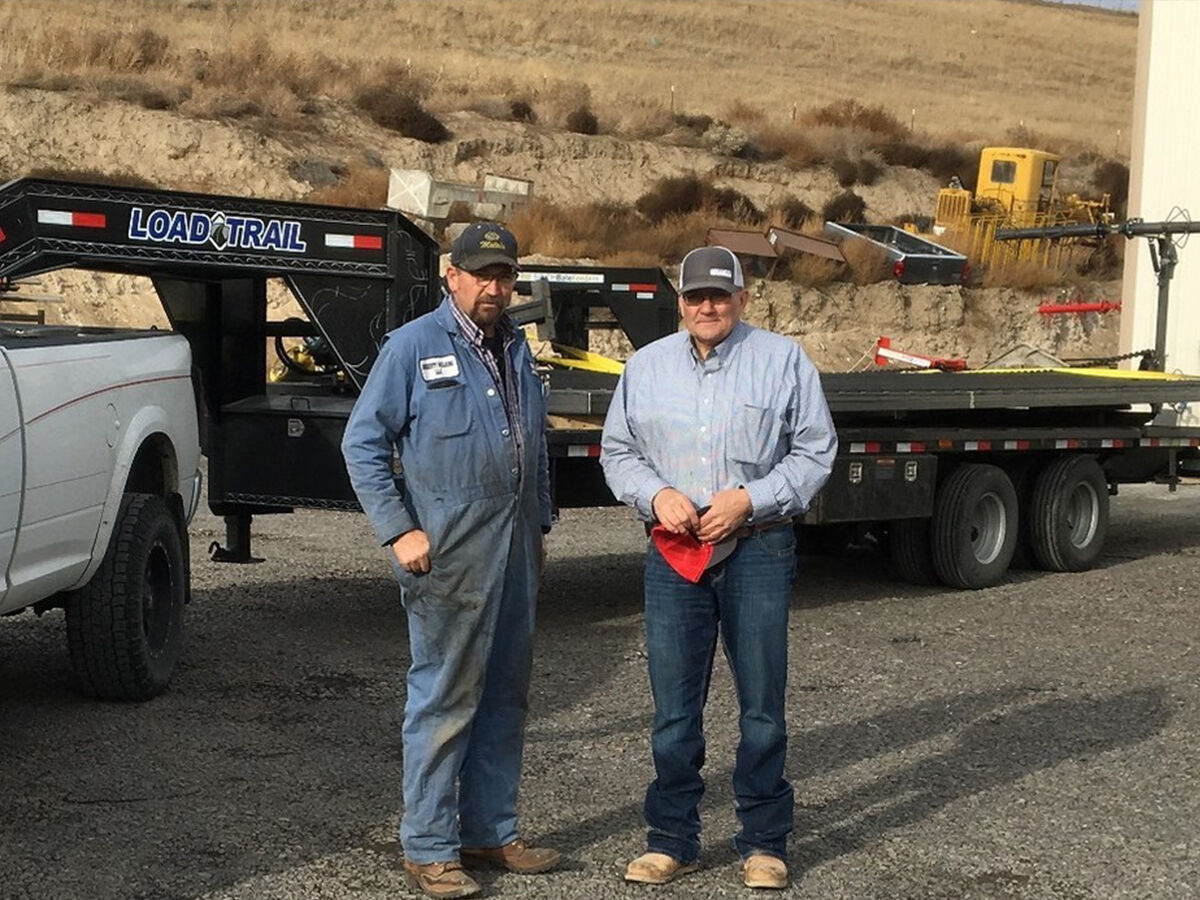
Maximizing Efficiency: How Bale Feeders Save Time and Money on the Farm
In the ever-evolving world of agriculture, the need for efficiency and productivity has never been more crucial. Farmers and ranchers constantly seek innovative solutions to streamline their operations, reduce labor costs, and maximize their time and resources. One such solution that has revolutionized the way forage is handled on the farm is the utilization of Bale Feeders. In this comprehensive article, we will delve into the intricacies of bale feeders, exploring how they save both time and money on the farm.
The Evolution of Bale Feeders
Bale feeders have come a long way from their humble beginnings. Traditionally, feeding livestock involved physically distributing hay or straw to the animals by hand, a labor-intensive and time-consuming process. However, as agricultural technology has advanced, so too have bale feeders.
Modern bale feeders are designed to efficiently dispense hay or straw to livestock, such as cattle, horses, and sheep, while minimizing waste and labor. They have become indispensable tools for farmers and ranchers looking to maximize their resources.
Time-Saving Advantages
Automated Feeding
One of the key advantages of bale feeders is their ability to automate the feeding process. They are equipped with mechanisms that dispense bales of forage at scheduled intervals, reducing the need for constant manual intervention. This automation not only saves time but also ensures that animals receive a consistent and adequate food supply.
Reduced Labor Costs
By automating the feeding process, bale feeders significantly reduce the labor required to distribute forage to livestock. Farmers can reallocate their labor force to other critical farm tasks, increasing overall productivity and efficiency.
Cost-Efficiency
Minimized Waste
Traditional feeding methods often result in a significant amount of hay or straw being wasted, either due to animals trampling on it or unfavorable weather conditions. Bale feeders are designed to minimize waste by protecting the forage from the elements and preventing animals from soiling it.
Precise Portion Control
Bale feeders allow for precise portion control, ensuring that animals receive the right amount of forage without excess. This level of control not only reduces feed waste but also helps maintain the health and weight of the livestock.
Extended Bale Life
Using bale feeders can extend the life of your forage bales. The protection they offer from moisture and contaminants means that you can store and use bales over a more extended period, reducing the frequency of purchasing new bales and ultimately saving you money.
Environmental Benefits
Aside from time and cost savings, bale feeders also have environmental benefits. By reducing feed waste and promoting efficient forage distribution, they contribute to sustainable farming practices. This is not only an ethical choice but can also improve your farm's public image.
In conclusion, bale feeders are indispensable tools for farmers and ranchers looking to maximize efficiency and reduce costs. Their time-saving advantages, cost-efficiency, and positive environmental impact make them a wise investment for any farm. By implementing bale feeders into your operation, you can ensure your livestock are well-fed, your labor is more efficiently utilized, and your resources are maximized.
Don't hesitate to explore the world of bale feeders and discover how they can revolutionize your farming practices.

Post a Comment
No comments yet. Start a discussion!